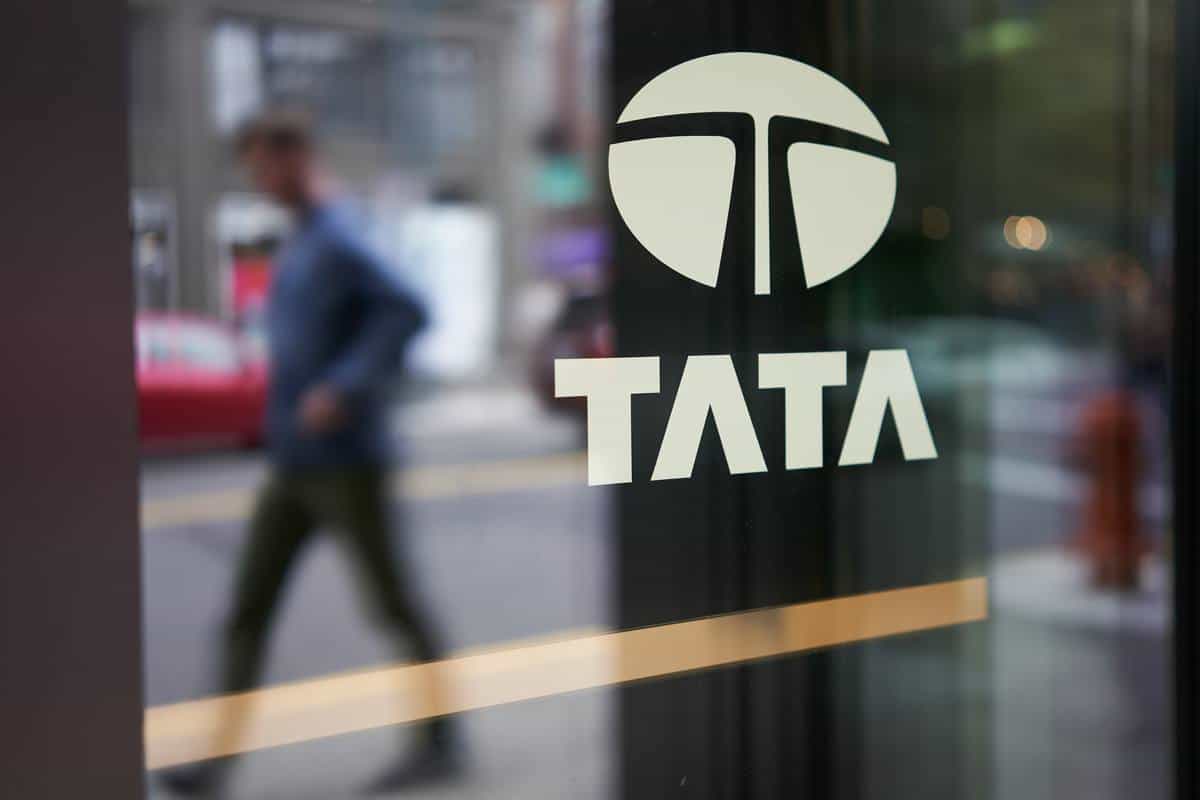Indian automaker Tata Motors has continuously led the local electric vehicle industry with its innovative electrification strategies.
Tata Passenger Electric Mobility’s Chief Product Officer and High Voltage Programs Head, Anand Kulkarni, shared some of the company’s exciting outlook in the industry in an exclusive interview with TOT. It includes the frequently asked question, “when will battery cost drop?”
“If you look at it from 2010 onwards, battery prices have rapidly dropped down from somewhere being around $1,000 a kWh to being in low three-digit numbers today. They were on a very good trend until even after the pandemic. But in the last seven to eight quarters, because of the mining capacity not coming on steam, there being a sudden increase in demand for the vehicles and raw materials failing to catch up with that, battery prices had moved up almost 30-35% on the back of three major commodities. The three major commodities are lithium carbonate, graphite, and the electrolyte itself. There was an appreciation of almost 1,000- 1,100% during this period, and that had a cascading effect on the cells to the extent of 30-35%.”
Anand Kulkarni, Tata Passenger Electric Mobility’s Chief Product Officer, and High Voltage Programs Head
However, some non-cell parts of the battery are seeing price increases, including the bottom tray, top tray, electronics, and connections within the pack. These components require complex functionalities like battery sensing, OTA updates, and advanced safety measures.
Nonetheless, lithium carbonate costs continue to decline. Mr. Kulkarni noted that it will keep declining with non-stop innovations in battery technology.
“I think we should see battery prices stabilising near the thee-digit dollar mark over the next eight quarters. At that point, if not all, some EVs should be able to gain parity with ICE vehicles in price.”
Anand Kulkarni, Tata Passenger Electric Mobility’s Chief Product Officer, and High Voltage Programs Head
Tata’s EV technology improvement
Tata Motors began its electric transition with Gen 1 offerings. The automaker continues improving its electric vehicle technology with its Gen 2 and 3 models.
TOT asked Mr. Kulkarni about the difference between the two generations. In response, he explained that Gen 2 EVs are “format-agnostic” in battery type and sizes. He further disclosed that the company plans to introduce seamless connectivity and cloud-integrated telematics through OTA features.
Meanwhile, the Gen 3 models feature a skateboard platform that enables flat battery integration on the floor.
“Coupled with other features of ADAS and seamless cloud connectivity and over-the-air updates, it becomes a full transition into a mobility that is not only green, but also aspirational, both in terms of performance, as well as the geometry and the occupant packaging that you have.”
Anand Kulkarni, Tata Passenger Electric Mobility’s Chief Product Officer, and High Voltage Programs Head
Market dominance
Tata Motors currently dominates the Indian EV market with its Tiago, Tigor, and Nexon models. They are among the cheapest options in the market. Moreover, these electric cars are among the country’s earliest battery-electric models.
Mr. Kulkarni also shared that the automaker has already surpassed the 90,000 sales threshold and is now on track to hit the 1,00,000 mark.
“This has given us immense data in the Indian subcontinent, something that very few people can claim to have. So, this data on use cases about customer preferences, about how people drive, how the battery tech and the motor tech behave and what needs to be the strategy to protect it from any kind of error states or bugs is something that we have more than a billion kilometres of data on. That data is used by us to improve the performance of our cars on a regular basis. So that’s one prominent area of disticntion (compared to other manufacturers so far as we are concerned.”
Anand Kulkarni, Tata Passenger Electric Mobility’s Chief Product Officer, and High Voltage Programs Head
India’s EV engineering skills
Mr. Kulkarni also expressed optimism regarding India’s potential to advance in EV engineering against other countries worldwide.
“We are in a position to design and develop cars, vehicles, as well as anybody else. There may be a slight gap that we have in terms of some battery designs, as a country, there may be some gap because our engineers have not been exposed to as many battery projects yet, but this is just a matter of time.
Anand Kulkarni, Tata Passenger Electric Mobility’s Chief Product Officer, and High Voltage Programs Head
He further noted that the Indian industry must explore UI/UX in the software engineering space along with some complex matters like screen interface design and electrical architecture.
See Also:
- Tata.ev to have its own sales network, company executive reveals
- Tata Motors’ electric vehicle division gets a new brand identity
- Tata Motors will introduce 4 new e-SUVs as early as next year
- JLR owner TATA Motors to erect its new electric vehicle battery factory in the UK
- Tata Harrier Electric is officially launching this coming 2024
Tata’s strong dominance in the Indian EV industry is unsurprising, given its efforts to adopt 100% renewable energy for its overall operations by this decade. It also has plans to expand its current EV portfolio with four new electric SUVs by 2024.

